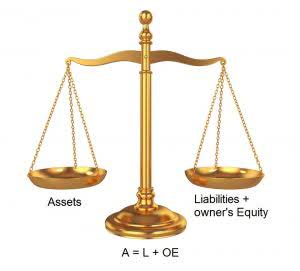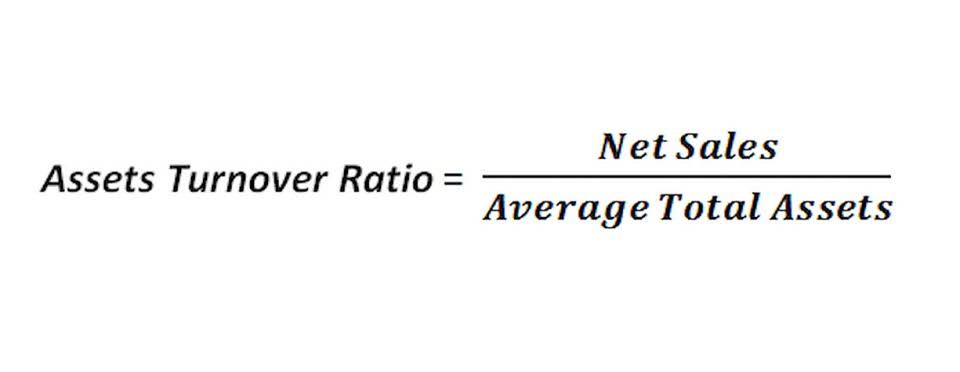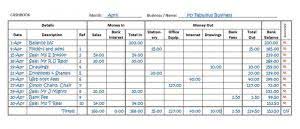
This statement includes both profit or loss and other comprehensive income (OCI), ensuring that all changes in equity not resulting from transactions with owners are transparently reported. IFRS emphasizes the importance of presenting a complete picture of financial performance, which aligns with its broader principles-based approach. This method allows for greater flexibility and judgment in financial reporting, accommodating the diverse economic environments in which multinational companies operate.
- Instead investors and creditors must look on the statement of stockholder’s equity, a combined statement of comprehensive income, or a second separate income statement if they want to see the affects of unrealized gains and losses on equity.
- The gain or loss has not been realized yet, so there will be no income statement or net income impact.
- The FASB discourages companies from using this method because it tends to hide comprehensive income in the middle of the statement.
- A company may display reclassification adjustments on the face of the financial statement or in the notes to the financial statements.
- An alternative would be for a company to present the data before tax, subtract the total tax and in the notes disclose the amount of tax applicable to each component of other comprehensive income.
Main Purposes of Financial Statements (Explained)

To facilitate the reporting of comprehensive income, companies often rely on advanced accounting software such as QuickBooks, Xero, or SAP. These tools help in accurately tracking and categorizing the various components of comprehensive income, ensuring that all relevant data is captured and reported correctly. For instance, SAP’s Financial Accounting module offers robust features for managing foreign currency translation adjustments and pension plan valuations, making it easier for companies to comply with reporting standards. Finally, a company should also keep in mind that, in the future, standard setters may include additional items in comprehensive income.
Where Does Other Comprehensive Income Appear on Financial Statements?
The comprehensive income classification presents a more complete view of a firm’s income than can be found in a traditional income statement. It emphasizes changes in the equity of the reporting business, which represents a broader view of income than just net income. Since net income only accounts for revenues and expenses that actually occurred during the period, external users don’t get a complete view of the company activities behind the scenes. In the above example we see that the payment of cash dividends of $10,000 had an unfavorable effect on the corporation’s cash balance. This is also true of the $20,000 of cash that was used to repay short-term debt and to purchase treasury stock for $2,000. On the other hand, the borrowing of $60,000 had a favorable or positive effect on the corporation’s cash balance.
Easy Steps to Prepare an Income Statement
For example, net income does not take into account any unrealized gains or losses because they haven’t actually occurred yet. This means that any market adjustments for available for sale securities are not reflected in the net income number on the income statement. FASB and many investors believe that reporting unrealized numbers unnecessarily increase earnings and make companies look more profitable than they are. When preparing https://www.bookstime.com/ financial statements, it is important to realize that other comprehensive income cannot be reported on the income statement as dictated by accounting standards. Other comprehensive income is accumulated and then reported under shareholder’s equity on the balance sheet. The statement of cash flows (SCF) or cash flow statement reports a corporation’s significant cash inflows and outflows that occurred during an accounting period.
Deloitte comment letter on amendments to financial instruments with characteristics of equity

The statement of comprehensive income gives company management and investors a fuller, more accurate idea of income. Other Comprehensive Income (OCI) refers to any revenues, expenses, and gains / (losses) that not have yet been realized. These items, such as a company’s unrealized gains on its investments, are not recognized on the income statement and do not impact net income. Comprehensive statement of comprehensive income income is the change in equity (net assets) of a business enterprise during a period from transactions and other events and circumstances from nonowner sources. It includes all changes in equity during a period except those resulting from investments by owners and distributions to owners. See also other comprehensive income and accumulated other comprehensive income.
- Larger firms that experience such financial situations are more likely to have OCI items.
- If dividends are considered a required cash outflow, the free cash flow would be $21,000.
- Under IFRS, comprehensive income is a crucial element of financial reporting, encapsulated in the Statement of Comprehensive Income.
- Add a heading to the report that identifies it as an income statement to complete your income statement.
Comprehensive Income in International Standards







